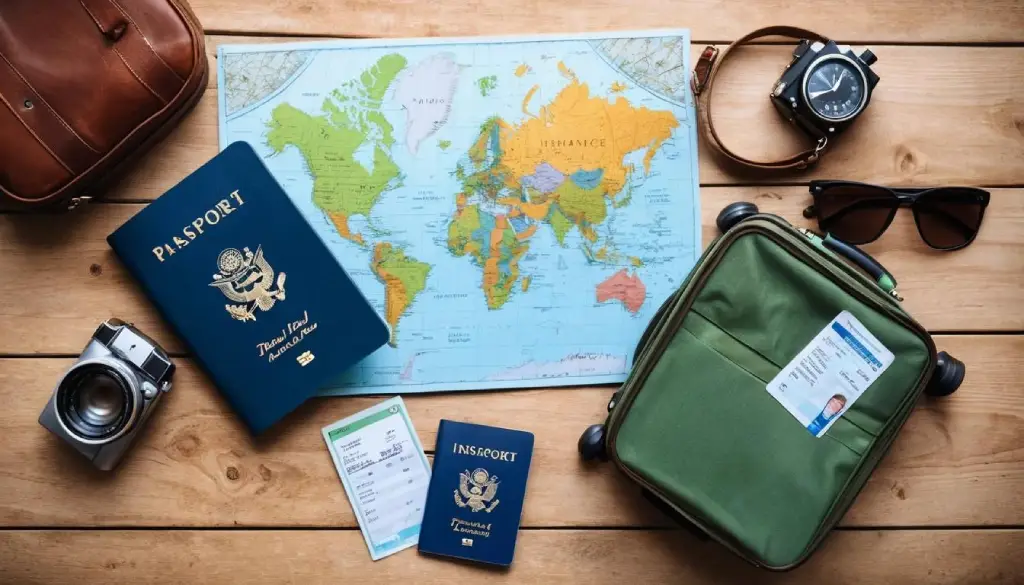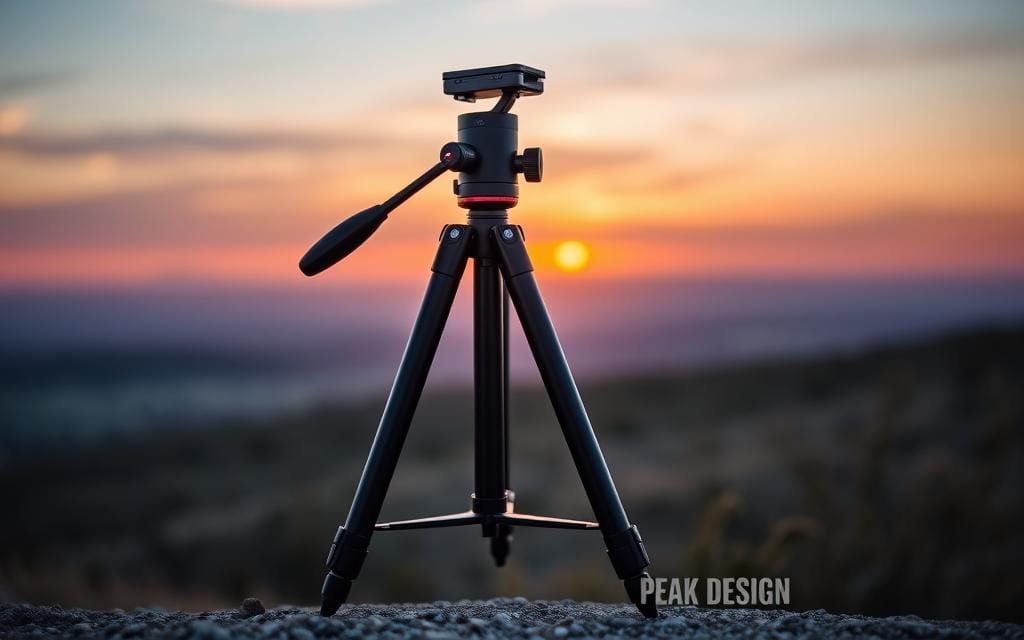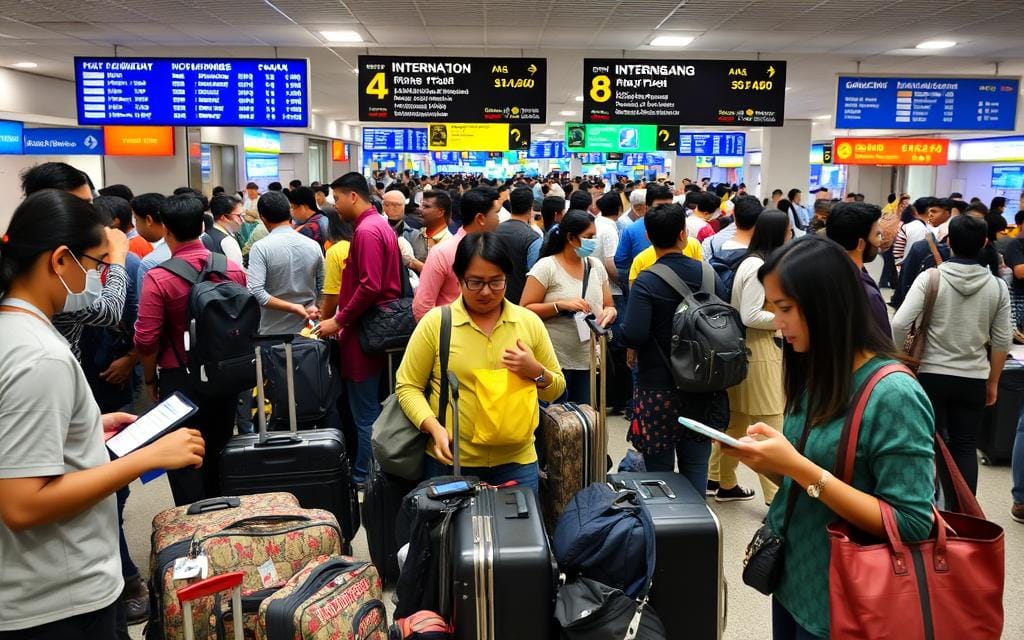Discover expert tips for buying travel insurance and ensure a safe journey with comprehensive coverage. Learn what to look for, compare policies, and more.
Traveling is one of life’s greatest joys, but no matter how well you plan, unexpected events can throw a wrench in your plans.
Whether it’s a flight delay, a medical emergency abroad, or losing your luggage, these situations can quickly turn your dream vacation into a stressful experience.
That’s where travel insurance comes in. It’s a small investment that offers big peace of mind, allowing you to travel with confidence knowing you’re protected from the unpredictable. But how do you choose the right plan, and what should you look for when buying travel insurance?
In this guide, we’ll walk you through tips for buying travel insurance, so you can make an informed decision and ensure you have the best coverage possible.
From assessing your needs to comparing policies, we’ll cover everything you need to know to protect yourself during your travels.
Whether you’re a seasoned traveler or a first-time flyer, these tips will help you navigate the world of travel insurance with ease.
Table of Contents
ToggleTips for Buying Travel Insurance
Choosing the right travel insurance policy can feel overwhelming, especially with so many options out there. To help you make the right decision, we’ve compiled the most important tips for buying travel insurance.
Let’s break it down step by step:
1. Assess Your Needs
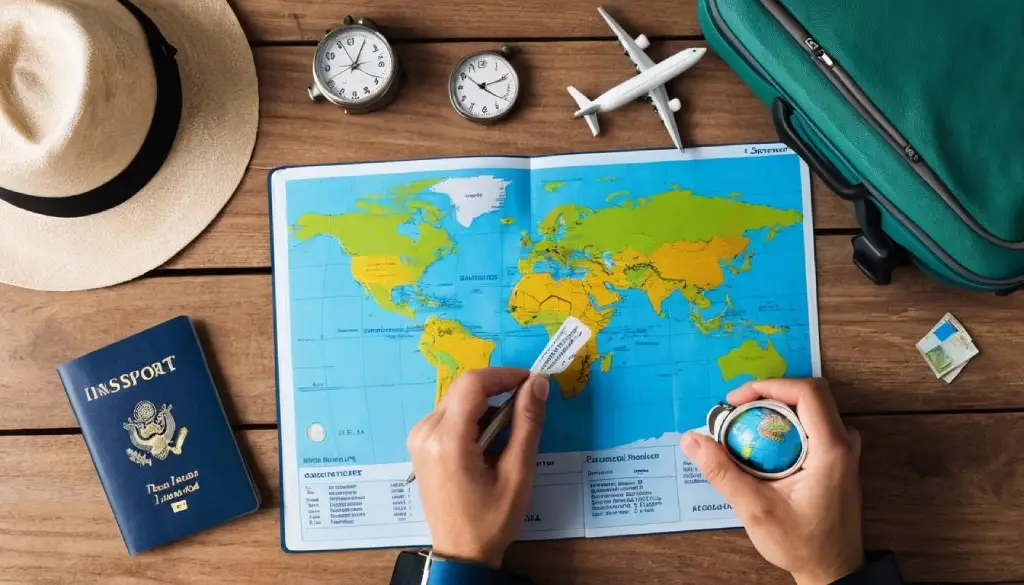
Before you start shopping for travel insurance, it’s essential to assess your needs. Ask yourself some important questions:
- Are you traveling domestically or internationally?
- Do you have any pre-existing medical conditions that might need coverage?
- Will you be participating in any risky activities like hiking, scuba diving, or skiing?
Understanding your travel needs will help you determine the type of coverage you require. For instance, if you’re traveling internationally, you’ll likely need medical coverage that includes emergency evacuation.
If you plan to do adventurous activities, look for policies that offer coverage for those specific risks. By evaluating your trip carefully, you can ensure that the insurance you choose is appropriate for your situation.
2. Check Existing Coverage
Did you know that your existing health insurance, credit card, or home insurance might already cover some aspects of your travel?
Many health insurance providers offer limited coverage for overseas travel, while certain credit cards provide travel insurance benefits when you book your trip with them. Before purchasing a separate policy, take a moment to check what’s already covered.
Make sure to read the fine print to understand the limits of your existing coverage, and determine if it’s sufficient for your needs. This can help you avoid overpaying for insurance that duplicates what you already have.
3. Compare Policies
Not all travel insurance policies are created equal. Once you’ve assessed your needs and checked existing coverage, it’s time to compare different policies.
Don’t settle for the first policy you find. Shop around and compare prices, coverage limits, exclusions, and additional benefits.
Look for policies that match your trip’s requirements. Some policies may include additional features such as trip cancellation, lost baggage, or travel delay protection. It’s important to weigh the cost against the benefits to ensure you’re getting the best value for your money.
4. Understand Coverage Details
One of the most important tips for buying travel insurance is to fully understand what your policy covers. There are different types of travel insurance, and each policy can vary significantly in terms of what’s included. Some policies cover trip cancellation, medical emergencies, and lost luggage, while others may not cover all three.
Be sure to check:
- Medical coverage: Does it cover emergency medical expenses, hospitalization, or evacuation?
- Trip cancellation: What happens if you need to cancel your trip due to an unforeseen event?
- Baggage protection: Does the policy cover lost or delayed baggage?
Understanding what’s included (and what’s not) will ensure there are no surprises if you need to make a claim during your trip.
5. Check for COVID-19 Coverage
As the world continues to adjust to the changes brought about by the COVID-19 pandemic, it’s crucial to ensure your travel insurance policy includes coverage for COVID-19-related issues.
Many travelers find that their existing policies don’t cover medical expenses related to COVID-19, or trip cancellations due to border closures or quarantine measures.
When buying travel insurance, check if COVID-19 coverage is included. This coverage can protect you in case you contract the virus while traveling, or if your trip is disrupted due to pandemic-related restrictions.
6. Buy Early
It’s always a good idea to purchase travel insurance as soon as you book your trip. Waiting until the last minute may limit your options or lead to higher premiums.
By buying early, you can take advantage of “cancel for any reason” policies, which provide more flexibility if your travel plans change unexpectedly.
Additionally, purchasing insurance early can ensure you’re covered for unforeseen events that could occur before your trip begins, such as illness or injury.
7. Look for Adventure Activity Add-Ons
If your trip involves adventurous activities like skiing, mountain climbing, or scuba diving, make sure your travel insurance policy covers these activities.
Standard travel insurance policies may not include high-risk activities, so it’s important to either purchase additional coverage or select a policy that specifically covers adventure sports.
When comparing policies, ask about coverage for activities that might be excluded from standard plans. Some insurers offer specialized coverage for extreme sports, so it’s worth adding this protection if you plan to get active during your travels.
8. Evaluate Customer Reviews and Reputation
Before committing to a travel insurance provider, take the time to evaluate their reputation. Look for customer reviews, testimonials, and ratings from reputable sources to gauge the insurer’s reliability and level of service.
Check how the company handles claims, as this can make all the difference in your experience. Are they easy to reach? Do they process claims efficiently? A well-established, trusted insurer will offer you peace of mind in case you need to make a claim.
9. Understand the Exclusions
Every insurance policy has exclusions, which are situations or conditions that are not covered under the plan. Common exclusions include pre-existing medical conditions, certain high-risk activities, or events like natural disasters that occur before you purchase the policy.
Be sure to read through the exclusions carefully. Understanding what is and isn’t covered will help you avoid unpleasant surprises if you need to file a claim.
10. Use a Licensed Agent or Broker
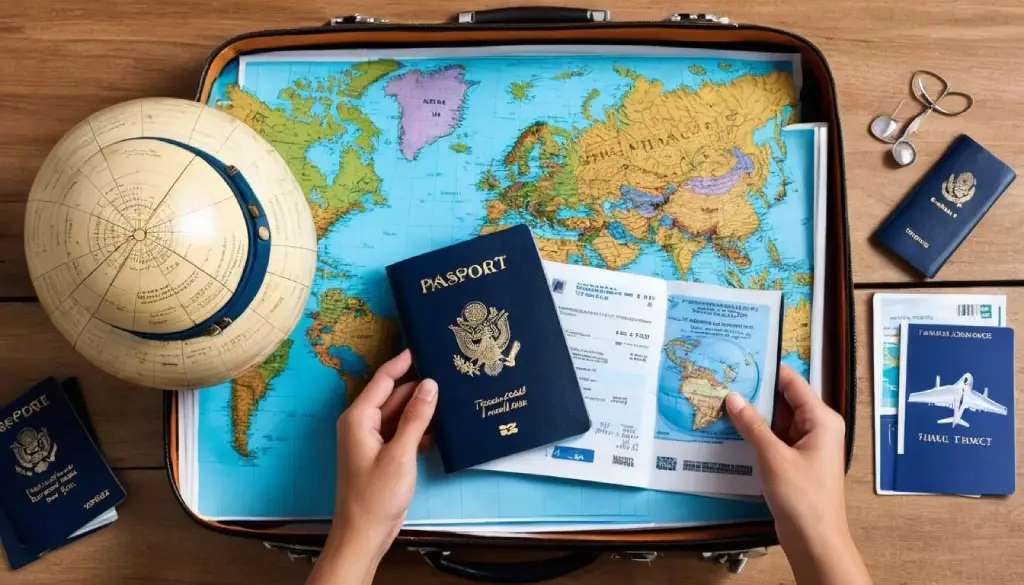
Navigating the world of travel insurance can be complex, so it can be helpful to work with a licensed agent or broker.
These professionals can guide you through the process, help you understand the fine print, and find the best policy for your needs.
A licensed agent can also recommend policies that you may not find on your own, ensuring you have access to the most comprehensive coverage options available.
11. Consider Annual Coverage for Frequent Travelers
If you travel frequently, purchasing annual or multi-trip insurance might be more cost-effective than buying individual policies for each trip.
This type of insurance provides coverage for multiple trips over the course of a year, with the added convenience of not having to purchase insurance every time you travel.
For frequent flyers, this option can save both time and money while ensuring you’re always covered.
12. Save Important Documents
Once you’ve purchased your travel insurance, it’s crucial to keep all relevant documents safe and easily accessible. This includes your policy details, contact information for the insurance provider, and any claim forms.
Make sure you have both digital and physical copies of your insurance documents. If you need to file a claim while abroad, having this information readily available can save you time and frustration.
Conclusion
Buying travel insurance may not be the most exciting part of planning your trip, but it’s certainly one of the most important.
With the right coverage, you can protect yourself from unforeseen events and enjoy your travels with confidence. By following these tips for buying travel insurance, you’ll be well on your way to making an informed decision that ensures you’re fully covered.
Remember, every trip is unique, and so are your travel insurance needs. Take the time to compare policies, understand what’s covered, and choose a provider that best suits your requirements. Happy travels, and may your adventures be filled with only good surprises!
For more detailed information and expert advice on travel planning, head over to WanderStayFinder.com. They’re a trusted source for travel insights and insurance tips, helping you make the best decisions for your next journey.
FAQs
Q: What are the most important tips for buying travel insurance?
A: Some key tips for buying travel insurance include assessing your needs, checking existing coverage, comparing policies, understanding coverage details, and considering COVID-19 coverage.
Q: Why should I buy travel insurance early?
A: Buying travel insurance early allows you to take advantage of “cancel for any reason” policies and ensures you’re covered for unforeseen events that could happen before your trip begins.
Q: How can I evaluate travel insurance providers?
A: You can evaluate travel insurance providers by checking customer reviews, ratings, and how they handle claims. Choose a reputable insurer that provides efficient service.

